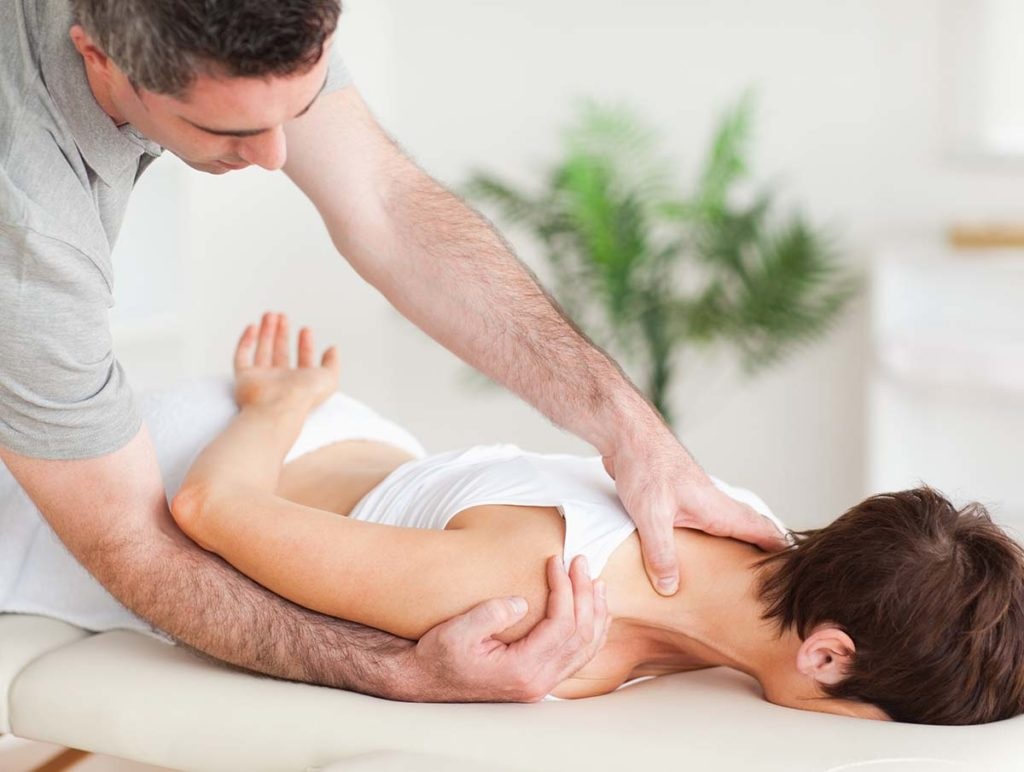Cultural Influences on the Practice and Perception of 1-Person Shop Swedish Massage
Massage therapy, including 1-Person Shop Swedish Massage, is practiced worldwide and reflects diverse cultural influences. Cultural factors play a significant role in shaping the practice and perception of massage therapy, influencing treatment protocols, client preferences, and therapeutic outcomes. This paper investigates the ways in which cultural beliefs, values, and customs influence the practice and perception of 1인샵 Swedish Massage, examining both similarities and differences across cultures.Cultural Influences on Practice:Traditional Healing Practices: In many cultures, massage therapy is deeply rooted in traditional healing practices that incorporate elements of spirituality, ritual, and indigenous knowledge. The practice of Swedish Massage may be adapted to align with local healing traditions, incorporating techniques such as energy work, herbal remedies, or ritualistic elements.Therapeutic Approaches: Cultural attitudes towards health, illness, and well-being shape the therapeutic approaches used in 1-Person Shop Swedish Massage. For example, cultures that prioritize holistic health may emphasize the interconnectedness of mind, body, and spirit in massage therapy, while others may focus more on physical symptom relief.Social Customs and Etiquette: Cultural norms regarding touch, modesty, and interpersonal communication influence the delivery of Swedish Massage in one-on-one settings. Therapists must be sensitive to cultural preferences regarding draping, boundaries, and communication styles to ensure a comfortable and respectful experience for clients.Cultural Influences on Perception:Perceptions of Health and Wellness: Cultural perceptions of health and wellness vary widely, influencing how massage therapy is perceived and valued within different communities. In some cultures, massage therapy may be seen as a luxury or indulgence, while in others, it is viewed as an essential component of preventive healthcare.Attitudes Towards Touch: Cultural attitudes towards touch and physical contact shape individuals’ comfort levels with massage therapy. In cultures where touch is highly valued and integrated into daily life, massage therapy may be readily embraced as a means of promoting connection and well-being.Stigma and Taboos: Cultural stigmas or taboos surrounding massage therapy, particularly regarding gender dynamics or religious beliefs, can impact individuals’ willingness to seek or participate in 1-Person Shop Swedish Massage. Therapists must navigate these cultural sensitivities with empathy and respect.Conclusion:Cultural influences profoundly shape the practice and perception of 1인샵 Swedish Massage, highlighting the importance of cultural competence and sensitivity in massage therapy settings. By recognizing and respecting cultural diversity, therapists can create inclusive and culturally responsive environments that honor clients’ beliefs, values, and preferences. Embracing cultural diversity enriches the practice of massage therapy, fostering mutual understanding, respect, and collaboration across cultural boundaries.




